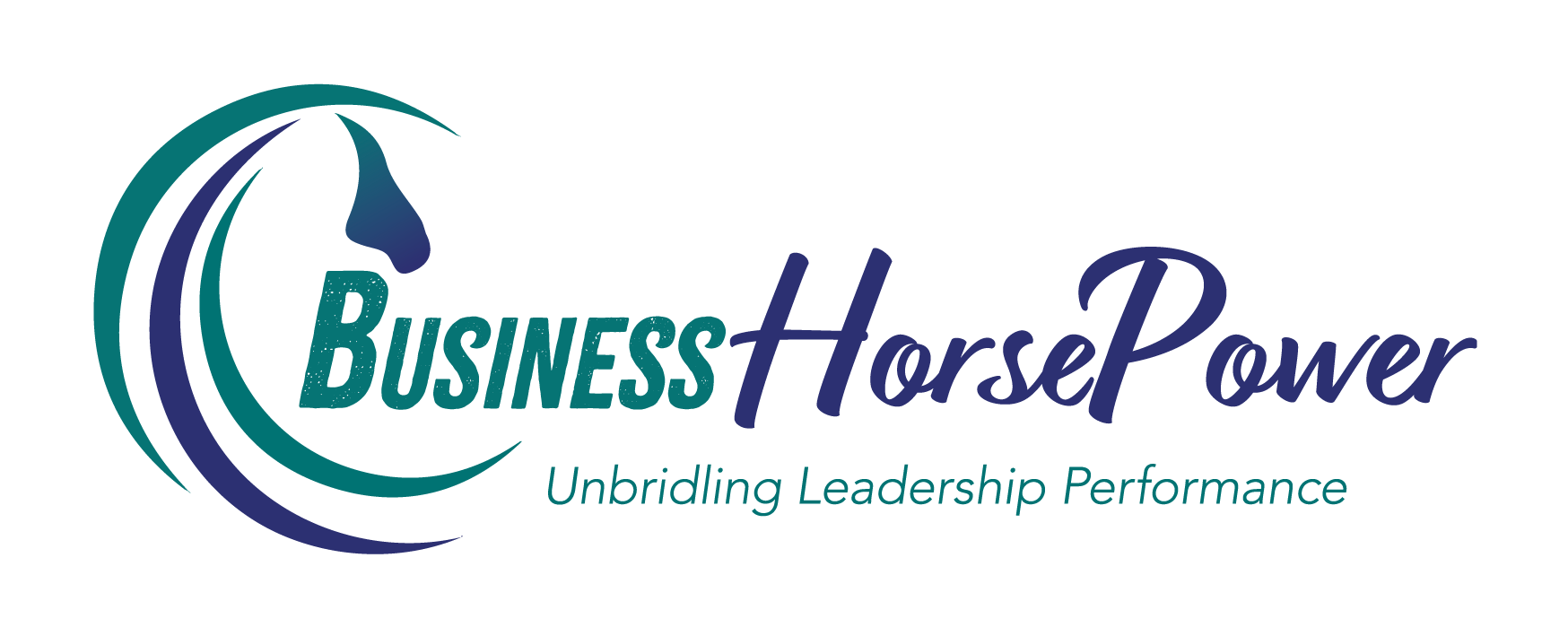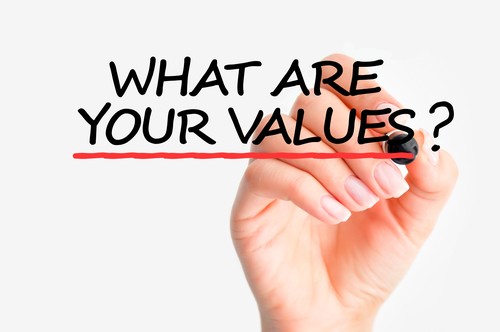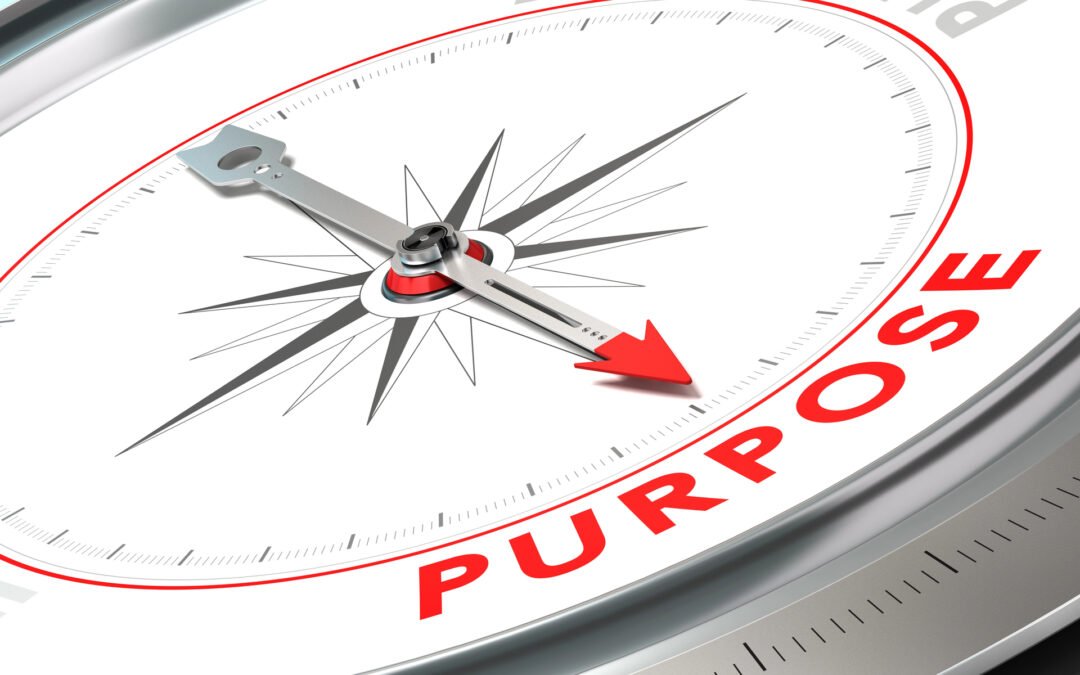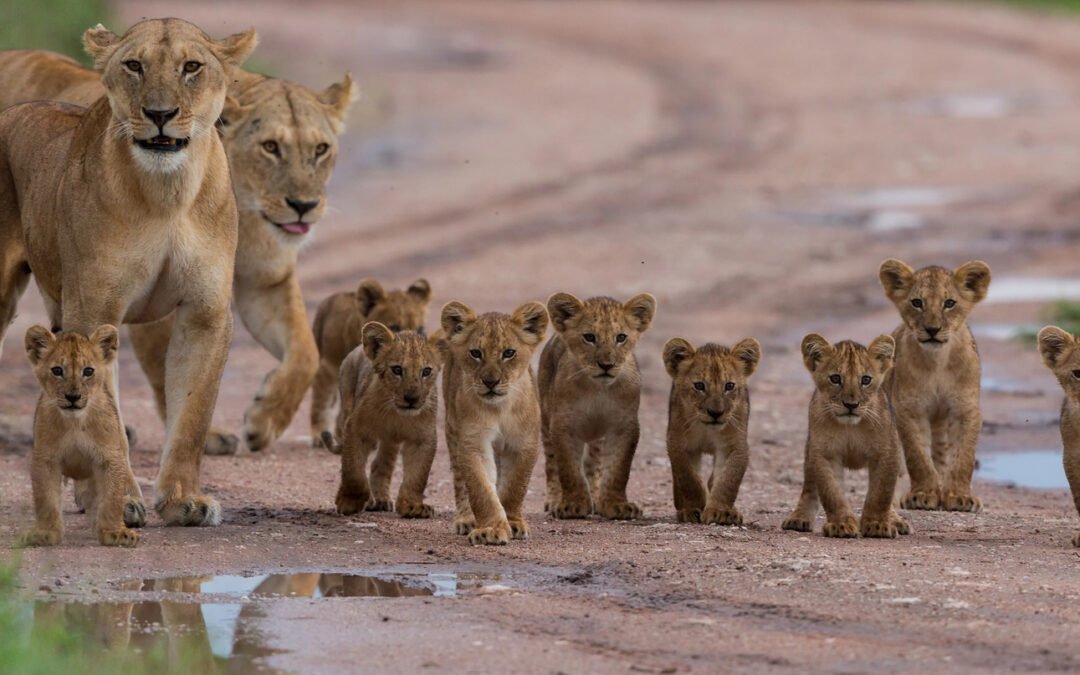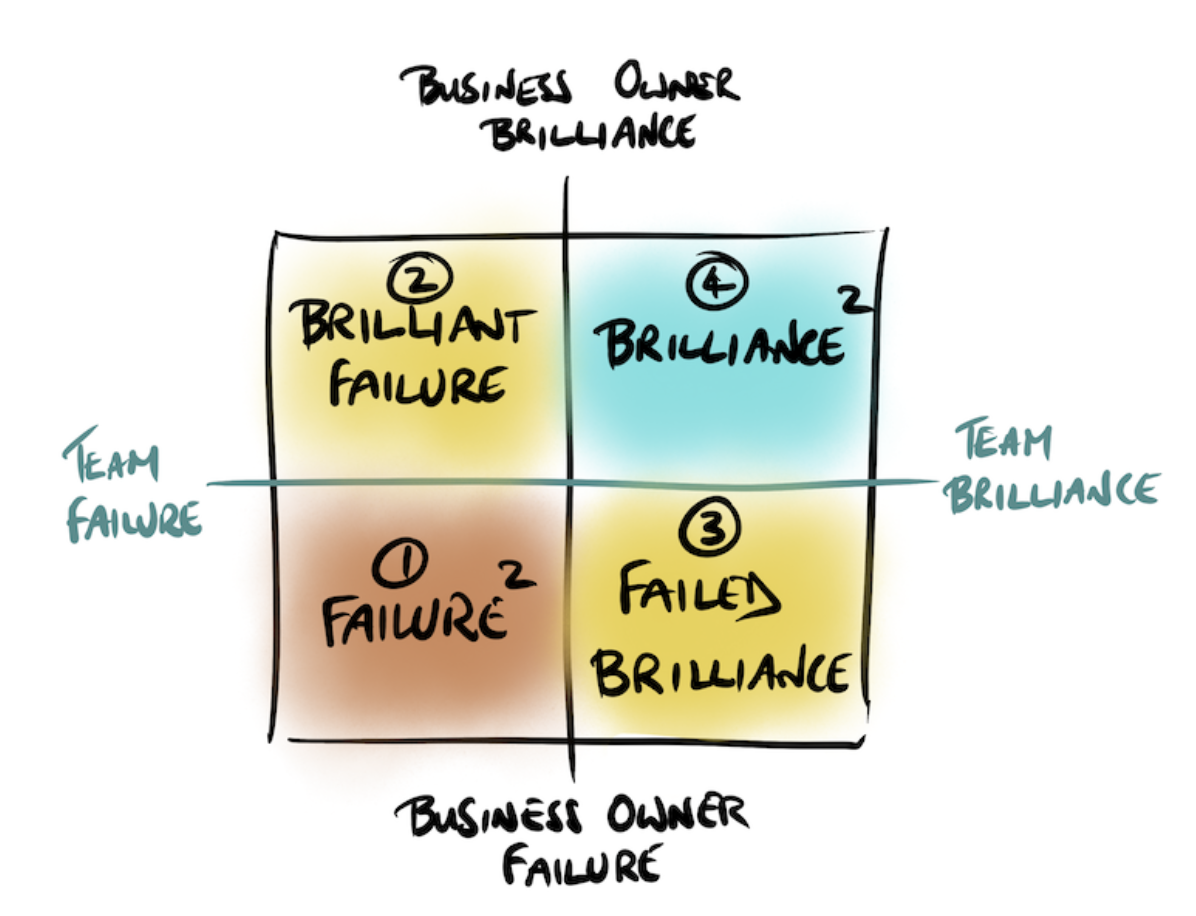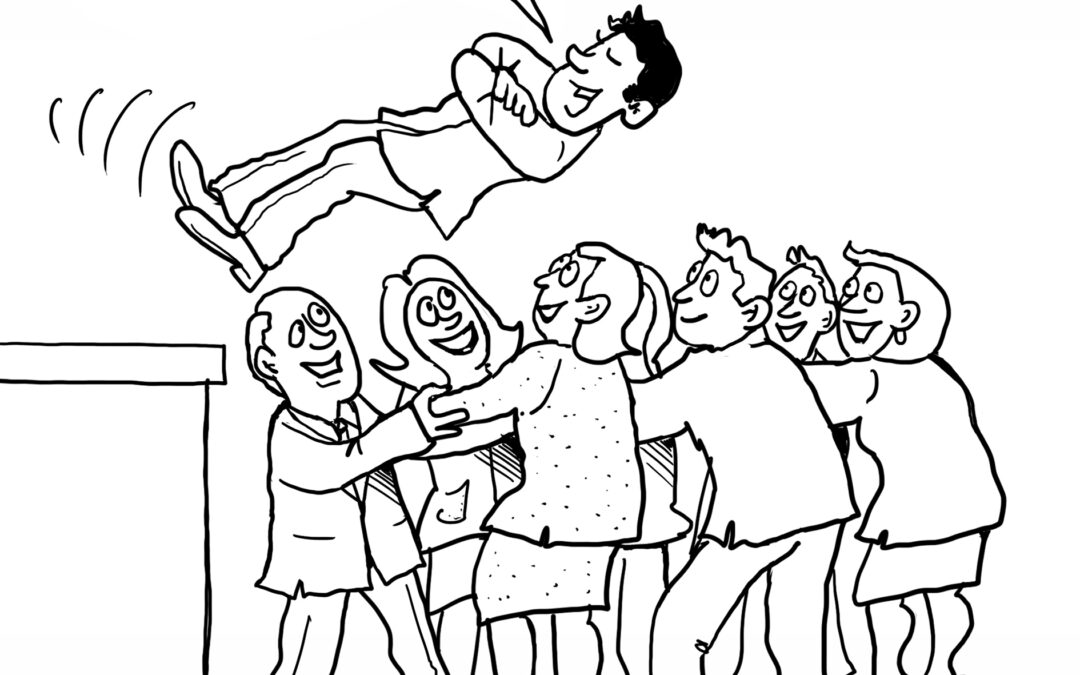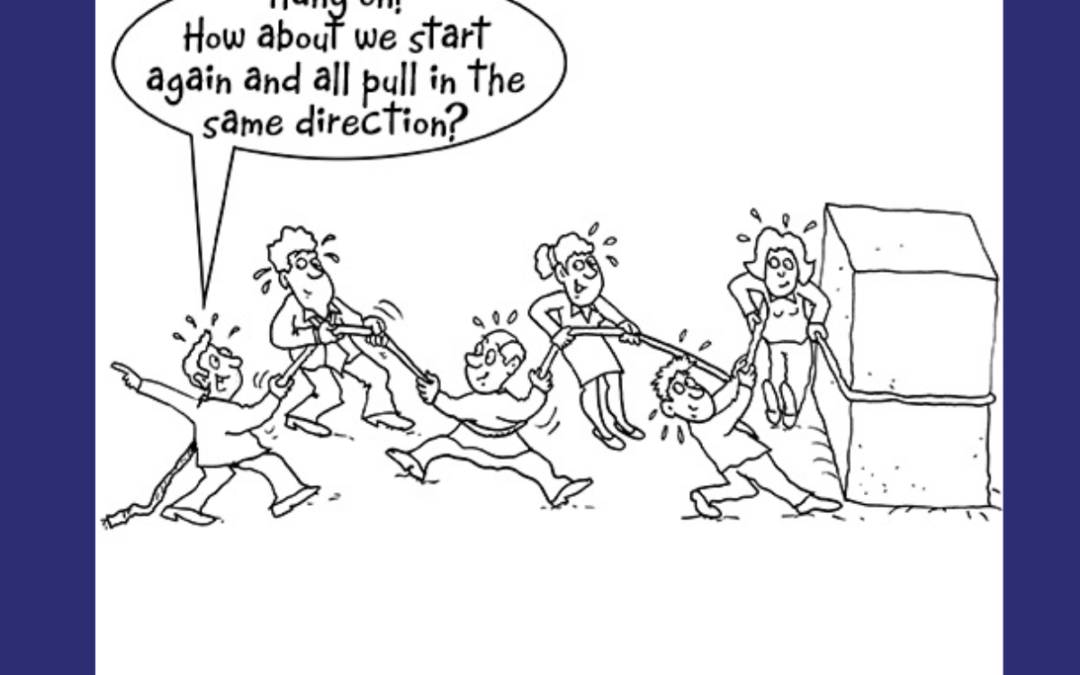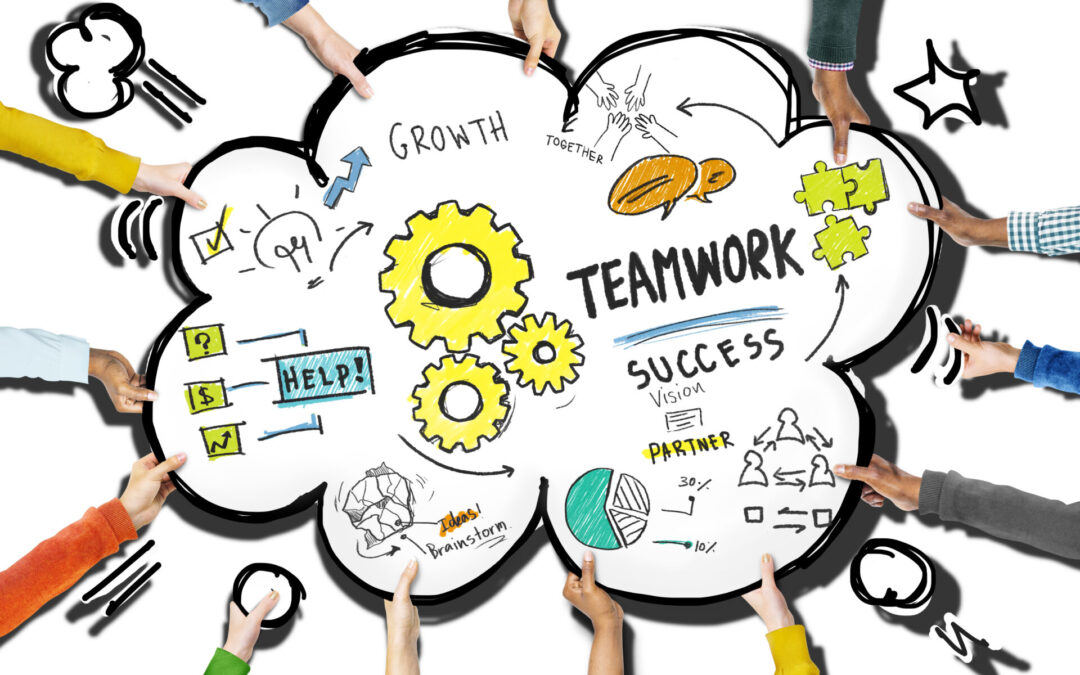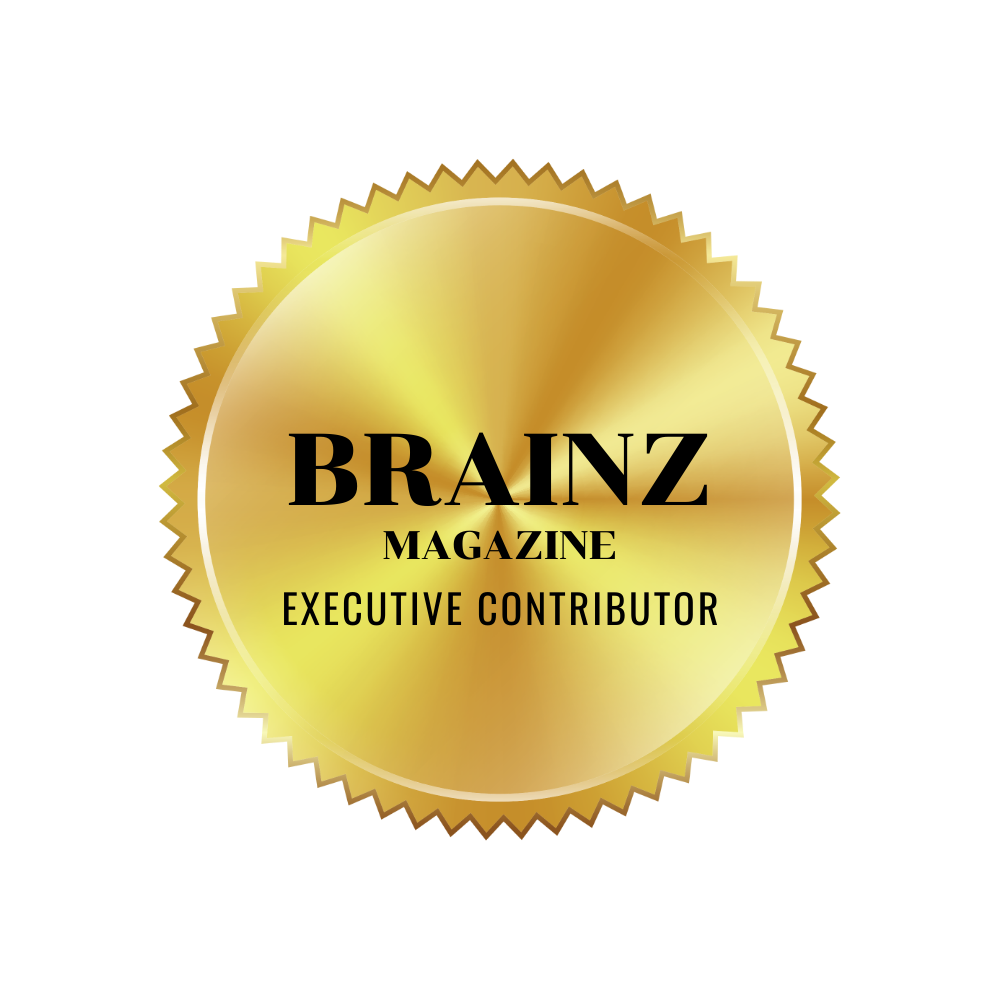
#13- What’s Your Impact Ripple?
Welcome back to Impactful Teamwork. In this episode I cover a topic I’m particularly passionate about: The Impact Ripple.
Imagine dropping a stone into the water and seeing the ripples that come out from that point. In life and business, each of us is always creating this impact ripple, often without even realizing it. This unawareness can have a massive impact on our teams and the people we work with.
The first ripple of our actions impacts ourselves. As it expands, it affects our teams, our families, and then cascades into our organizations, stakeholders, and ultimately the whole community and society. It’s crucial to understand whether we are creating a positive or a negative ripple effect. Unfortunately, most people unconsciously create a negative ripple effect, unaware of how much their energy and presence influence others.
A blog I wrote a while ago, “What’s Your Leadership Wake?” uses a similar analogy to the ripple effect. Think of a boat moving through water – the wake it leaves behind disturbs the water, just as our actions disturb the environment around us. This analogy highlights the law of cause and effect. When leaders enter into relationships with others, they leave an impact wake, which can be either positive or negative.
Kip Tindell, co-founder and former CEO of The Container Store, said, “Someone who’s very mindful of their wake and has the mature and sobering understanding of how powerful his or her wake is, is the kind of person we want to be connected to.” How we show up influences how others experience us and the quality of our interactions.
Every day, each of us creates an impact ripple and a leadership wake. It’s essential to have self-awareness about these ripples because they significantly influence our business outcomes. Many leaders are oblivious to their impact, walking into a room and leaving behind a path of devastation without even realizing it. I’ve worked for a boss like that – one who threw out comments carelessly, creating chaos and confusion.
This unawareness can be detrimental. Gallup’s research shows that 70% of people leave bad managers. Typically, bad managers are unaware of the impact they have on their teams. They don’t realize the ripple effect their words and actions have. To address this, I want to introduce the awareness wheel, a five-step framework to help us understand our influence on those around us.
The first phase of the awareness wheel is sensing. When we walk into a room, we need to be present and clear about what we notice and how it impacts us. The second phase is feeling – identifying and naming our reactions and listening to our gut instincts. Our body often gives us important cues about our environment.
The third phase is thinking – forming thoughts about what we sense and feel. Then comes the wanting phase, where we focus on what we want from ourselves and others in the situation. Finally, the fifth phase is action – determining what actions we need to take to achieve the desired outcome.
Sensing is part of the ABCDE leadership model, inspired by how horses lead each other. Horses are masters at helping us understand our impact ripple. When people work with horses, they need to be present and aware of their body language, as horses are highly sensitive to nonverbal cues.
During a recent leadership retreat with horses, participants felt anxious, stepping out of their comfort zones. This anxiety often manifests in holding one’s breath, a nonverbal cue that signals stress. Horses pick up on this immediately, responding to the tension. When you start breathing deeply and grounding yourself, the horses relax, mirroring your calmness.
Nonverbal communication plays a significant role in how we influence others. Research shows that nonverbal communication accounts for 55% of what people interpret about us, with 38% based on our tone and only 7% on our words. Horses, always reading our nonverbal cues, provide invaluable feedback on our presence.
In a business context, when people are in a heightened emotional state, effective communication becomes challenging. It’s crucial to slow down and change the energy of the situation. For instance, using box breathing – breathing in for four counts, holding for four, breathing out for four, and holding again – can help recenter yourself and calm those around you.
The power of nonverbal communication is even more critical in our remote and hybrid work environments. It’s harder to read body language through screens, making it essential to consciously check in with team members about how they’re feeling. Plan regular virtual meetings to discuss not just work but also emotions and well-being, using the spotlight feature to observe facial and body expressions.
Post-COVID, physical cues and personal space have become more pronounced. I recall an instance where a colleague forgot about the two-meter rule while collecting fencing equipment. She was oblivious to the other person’s discomfort, a classic example of not paying attention to environmental cues.
Our nonverbal communication creates a ripple effect, influencing everyone around us. As leaders, we have a responsibility to create a positive environment for our teams, which in turn can lead to positive interactions within their families and communities. Contrast this with a negative ripple effect where a bad day at work leads to negative interactions at home, spreading negativity further.
My invitation to you today is to be aware of your impact ripple. How is your energy and presence influencing those around you? Are you creating a positive or negative effect? As leaders, we must create positive experiences for our teams, fostering a supportive environment that extends into the broader community.
I’d love to hear your thoughts on the impact ripple. This topic is close to my heart and can profoundly affect any business’s success. Until next time, be conscious of your impact ripple and share your experiences with me. Take care and have an amazing week!
Show Notes:
Here are the highlights from this episode:
